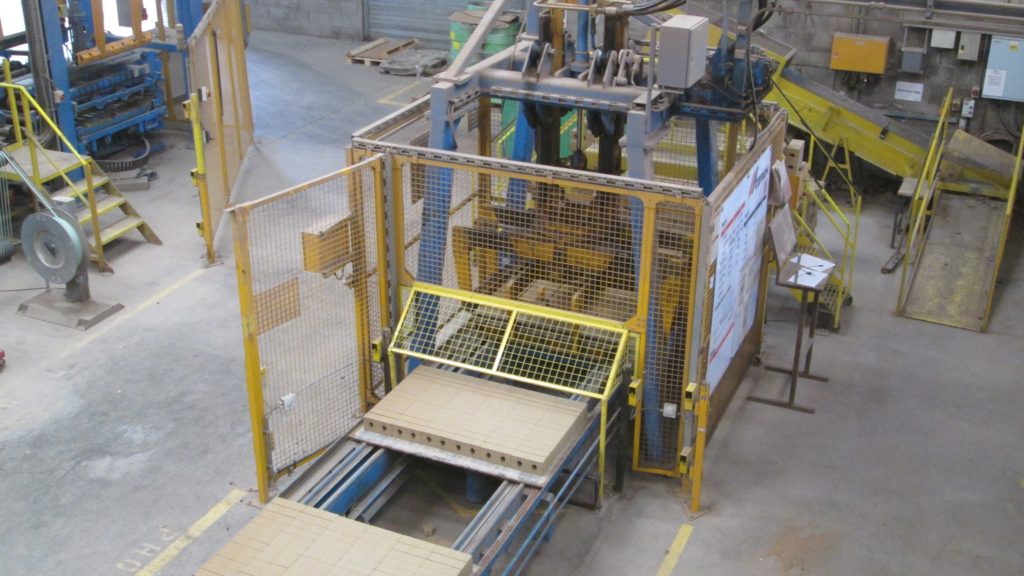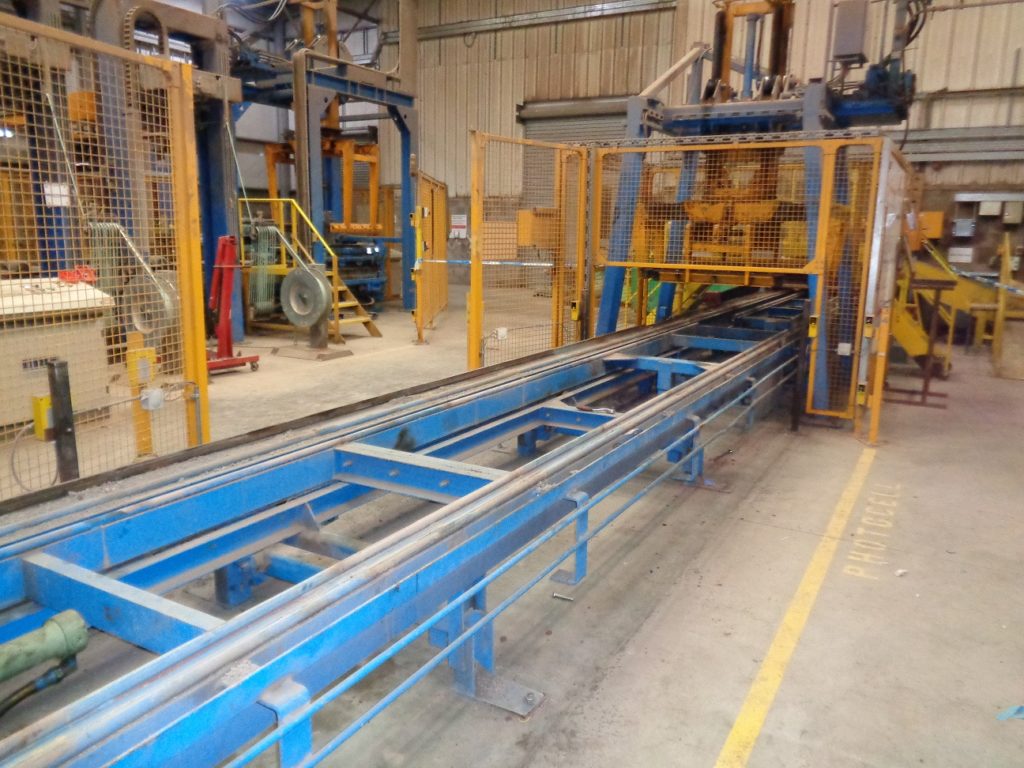Company sentenced after fall through fragile roof
A building and maintenance company has been fined after an employee fell from height, causing life changing head injuries.
Birmingham Magistrates’ Court heard that on 11 May 2018 two employees of M & M Damproof were replacing a leaking roof sheet above a motor vehicle repair workshop in Digbeth, Birmingham. The pitched roof consisted of corrugated asbestos cement sheets and perspex roof lights. The pair accessed the roof via a ladder which they positioned at the rear of the premises and walked along the roof valley to the site of the repair at the front of the building.

They went onto the roof several times during the course of repair and also worked from a mezzanine floor below part of the roof. Shortly after returning to the mezzanine area inside the building, one worker heard a cracking sound and a shout. Looking across the workshop he saw that his colleague had fallen five metres from the roof onto the concrete workshop floor below. He had fallen head first through a fragile roof light. The injured worker suffered multiple fractures and life changing head injuries. He spent eight weeks in hospital and continues to recover.
An investigation by the Health and Safety Executive (HSE) found that M & M Damproof failed to assess the risks of the job and there were no precautions in place to prevent falls from height through the fragile roof.
M & M Damproof Co. Limited of Clements Road, Birmingham pleaded guilty to breaching Regulation 9 (2) of the Work at Height Regulations 2005. The company was fined £20,000 and ordered to pay full costs of £996.79.
HSE inspector Amanda James said: “Falls through fragile roofs are a far too common cause of serious and fatal injury in the construction industry and the precautions are well established.
“All roofs can become fragile over time. In particular cement sheets and roof lights are known to be fragile.
“Work on fragile roofs should be avoided where possible, for example by replacing roof sheets from underneath. If it is necessary to go onto the roof, suitable measures such as platforms, coverings and guard rails should be used to prevent falls. Walking along valleys and gutters without protection is not safe; a mis-step, slip or trip could be fatal. With proper planning, safe systems of work and equipment, accidents like this are completely avoidable.”
Notes to Editors:
- The Health and Safety Executive (HSE) is Britain’s national regulator for workplace health and safety. We prevent work-related death, injury and ill health through regulatory actions that range from influencing behaviours across whole industry sectors through to targeted interventions on individual businesses. These activities are supported by globally recognised scientific expertise. www.hse.gov.uk
- More about the legislation referred to in this case can be found at: www.legislation.gov.uk/
- HSE news releases are available at http://press.hse.gov.uk
The post Company sentenced after fall through fragile roof appeared first on HSE Media Centre.

